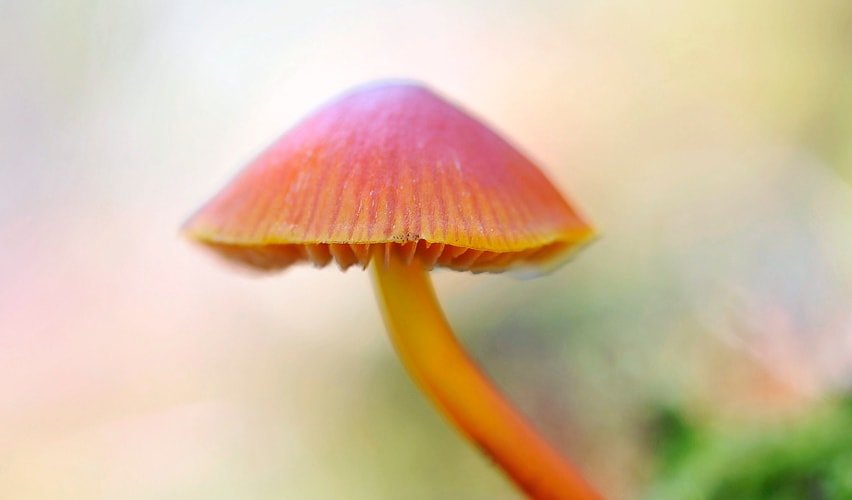Mushroom Conservation:
Mushroom conservation is essential for protecting endangered species and habitats, as fungi play crucial ecological roles and contribute to the health and stability of ecosystems. While mushrooms may not receive as much attention as charismatic megafauna or iconic plants, they are integral components of biodiversity and warrant conservation efforts.
Here are some strategies for mushroom conservation:
- Habitat Protection: Protecting natural habitats is critical for conserving mushroom biodiversity. Many mushrooms are intimately linked to specific ecosystems, such as old-growth forests, wetlands, and grasslands. By preserving these habitats from deforestation, urbanization, and habitat destruction, we can safeguard the diverse array of fungi that inhabit them.
- Fungi-Friendly Land Management: Implementing land management practices that promote fungal diversity is essential for conservation. This includes maintaining forest diversity, minimizing habitat fragmentation, reducing soil disturbance, and avoiding the use of harmful pesticides and fungicides. Practices such as selective logging, controlled burns, and rotational grazing can support healthy fungal communities and ecosystem resilience.
- Research and Monitoring: Conducting research on mushroom populations, distribution, and ecology is vital for effective conservation planning. Monitoring changes in mushroom diversity and abundance over time can help identify threatened species and prioritize conservation efforts. Citizen science initiatives, fungal forays, and collaborative research projects can engage the public in mushroom conservation and data collection.
- In Situ Conservation: In situ conservation involves protecting mushrooms in their natural habitats. This may include establishing protected areas, nature reserves, and conservation corridors to safeguard critical fungal habitats. Conservation organizations and government agencies can work together to designate areas of high fungal biodiversity for protection and management.
- Ex Situ Conservation: Ex situ conservation involves preserving mushroom species outside of their natural habitats. This may include establishing fungal gene banks, living collections, and seed banks to safeguard rare and endangered species. Botanical gardens, research institutions, and fungal culture collections can play a vital role in ex situ conservation efforts, preserving genetic diversity and facilitating research and education.
- Community Engagement and Education: Raising awareness about the importance of mushrooms and fungal conservation is essential for garnering public support and participation. Educational initiatives, outreach programs, and workshops can engage communities in mushroom identification, conservation, and sustainable foraging practices. By fostering appreciation and understanding of fungi, we can inspire conservation action and stewardship of fungal habitats.
- Policy and Advocacy: Advocating for policies that prioritize fungal conservation and sustainable land management is crucial for long-term protection. This may include advocating for stronger environmental regulations, habitat restoration initiatives, and funding for fungal research and conservation programs. Engaging policymakers, stakeholders, and the public in discussions about fungal conservation can help elevate the importance of fungi in biodiversity conservation efforts.
By implementing these strategies and fostering collaboration among scientists, policymakers, conservationists, and communities, we can work together to protect endangered mushroom species and their habitats, ensuring the health and resilience of ecosystems for future generations.

Comments
Post a Comment